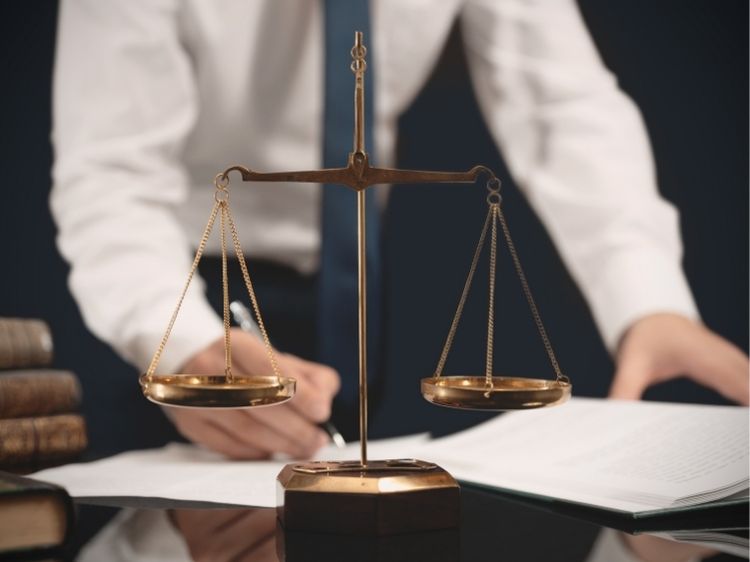Understanding Product Liability Elements: A Comprehensive Guide
When it comes to product liability, many consumers and businesses alike are often caught in a whirlwind of confusion. What exactly does it mean when a product causes harm, and who’s responsible? These are the kinds of questions that sit at the heart of product liability law. At its core, product liability refers to a manufacturer or seller being held liable for placing a defective product into the hands of a consumer. But to fully grasp the intricacies, one must understand the fundamental elements that form the backbone of product liability cases. This article will break down these elements in a way that’s easy to digest, ensuring you’re well-equipped with the knowledge you need.
The Three Pillars of Product Liability
Product liability can be boiled down to three key elements: defect, causation, and damages. Each of these plays a crucial role in determining the outcome of a product liability case. Let’s dive into each element to better understand their importance.
1. Defect: The Foundation of Liability
A product is deemed defective when it fails to perform safely as an ordinary consumer would expect when used in an intended or reasonably foreseeable manner. There are three types of defects that can lead to liability:
- Design Defects: These occur when a product is inherently dangerous due to its design. Even if the product is manufactured perfectly, it’s still considered defective because the design itself is flawed. Think of a car model that has a tendency to flip over when taking sharp turns.
- Manufacturing Defects: Unlike design defects, these occur during the construction or production of the item. A product might have a perfectly sound design, but if something goes wrong during manufacturing, it can render the product unsafe. An example could be a batch of contaminated food products that lead to illness.
- Marketing Defects: Also known as a failure to warn, this occurs when a product lacks adequate warnings or instructions. Even if a product is designed and manufactured correctly, if it doesn’t come with proper warnings about potential risks, the manufacturer can be held liable. For instance, a medication without a label indicating dangerous side effects could be the basis for a marketing defect claim.
2. Causation: Connecting the Dots
It’s not enough to simply show that a product is defective; there must also be a direct link between the defect and the injury sustained. This is where causation comes into play. The injured party must prove that the defect in the product was the direct cause of their injury. This can be tricky, as the defendant may argue that other factors contributed to the harm. However, the burden is on the plaintiff to establish that, but for the defect, the injury wouldn’t have occurred.
3. Damages: The Resulting Harm
The final element in a product liability case is damages. This refers to the actual harm suffered by the plaintiff as a result of the defective product. Damages can be physical, financial, or emotional. To be successful in a product liability claim, the plaintiff must demonstrate that they’ve suffered actual harm. For example, if a faulty appliance causes a fire that destroys a home, the damages would include the cost of the property as well as any personal injuries sustained.
The Role of Strict Liability in Product Liability Cases
One of the most critical aspects of product liability law is the concept of strict liability. Unlike negligence cases, where the plaintiff must prove that the defendant failed to exercise reasonable care, strict liability holds manufacturers and sellers liable for defective products regardless of fault. This means that even if the company took every possible precaution, they can still be held liable if the product is found to be defective.
When Does Strict Liability Apply?
Strict liability typically applies in cases involving manufacturing defects, as these are often seen as the most dangerous and unpredictable. For example, if a child’s toy is found to contain toxic materials, the manufacturer would likely be held strictly liable for any harm caused, even if they followed all safety protocols during production.
Common Defenses in Product Liability Cases
While the elements of product liability are straightforward, defending against such claims can be complex. Manufacturers and sellers often employ several defenses to avoid liability:
- Assumption of Risk: This defense argues that the plaintiff knew the product was dangerous but chose to use it anyway. For instance, if a person continues to use a hairdryer despite knowing it’s faulty, they may be seen as assuming the risk of injury.
- Product Misuse: If the defendant can prove that the plaintiff was using the product in a way it wasn’t intended to be used, they may avoid liability. An example would be using a kitchen knife as a screwdriver, leading to injury.
- Comparative Negligence: In some cases, the plaintiff’s own negligence may have contributed to their injury. If it’s determined that the plaintiff was partially responsible, the damages awarded may be reduced proportionally.
FAQs About Product Liability
- What should I do if I’m injured by a defective product?
If you’re injured by a defective product, it’s essential to seek medical attention immediately. Afterward, preserve the product and any evidence related to the injury, such as receipts and packaging. Contacting a product liability attorney as soon as possible will help you understand your rights and the potential for a claim.
- Can I sue if I wasn’t the one who bought the defective product?
Yes, you can still file a product liability claim even if you weren’t the one who purchased the product. As long as you were using the product as intended and suffered harm as a result of a defect, you may have a valid claim.
- How long do I have to file a product liability lawsuit?
The statute of limitations for filing a product liability lawsuit varies by state but typically ranges from two to four years. It’s crucial to consult with an attorney as soon as possible to ensure your claim is filed within the required timeframe.
- What compensation can I receive from a product liability claim?
Compensation in product liability cases can include medical expenses, lost wages, pain and suffering, and property damage. In some cases, punitive damages may also be awarded to punish the defendant for particularly egregious conduct.
Conclusion
Navigating the world of product liability can be complex, but understanding the key elements—defect, causation, and damages—provides a solid foundation. Whether you’re a consumer who’s been harmed by a defective product or a business seeking to protect itself, knowing the ins and outs of product liability law is essential. Remember, if you ever find yourself in a situation involving a defective product, don’t hesitate to seek professional legal advice. After all, your safety and well-being are too important to leave to chance.
Authoritative Links
- U.S. Consumer Product Safety Commission: https://www.cpsc.gov/
- National Association of Consumer Advocates: https://www.consumeradvocates.org/
- American Bar Association – Product Liability Law: https://www.americanbar.org/groups/litigation/committees/product-liability/
- FindLaw – Product Liability Basics: https://www.findlaw.com/injury/product-liability/product-liability.html



